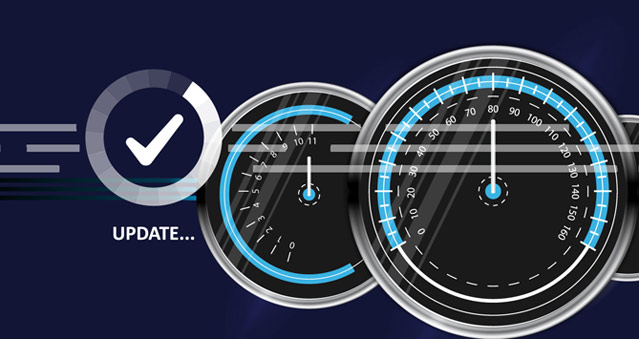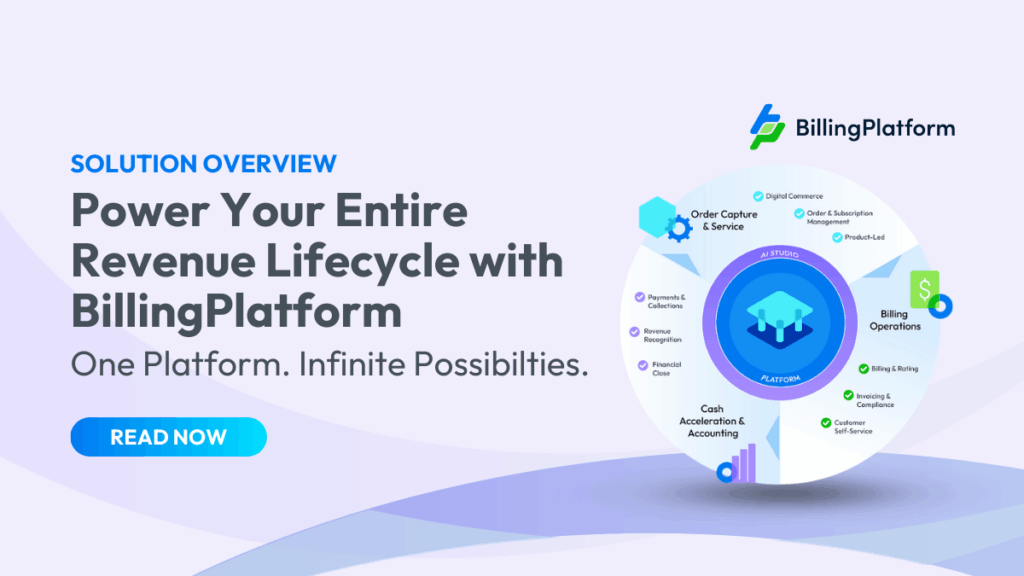In this edition of the product update, we dive into the benefits of aggregating usage over time for tiered pricing plans.
For companies competing in today’s environment, pricing flexibility is a key to acquiring customers and driving revenue growth. Companies deploying tiered pricing have found it to be a staple when looking for stability for their recurring revenue streams. Tiered pricing helps to attract customers that are unable to afford standard priced products and entices them to buy more to receive greater discounts. Whatever the case, a tiered pricing strategy has been successful at reeling in buyers who are looking to buy in large quantities.
Accumulating Usage
To take that strategy to the next level, BillingPlatform now offers the ability to offer tiered pricing over a period of time, that is, accumulate usage for more than just the current invoice period.
To illustrate the value of this feature, let’s look at a use case: a widget company bills their customers monthly for widgets purchased, the more widgets a customer buys the cheaper per unit price becomes for all widgets purchased in a year. Historically, only purchases made within the invoice period were counted toward the discount. Now BillingPlatform offers the option to easily set the time interval/accumulation period to fit your specific requirements or simply stated, accumulate purchases made since the beginning of the year.
Apply Incremental or Bulk Pricing
In addition to setting the accumulation period, you can also set the pricing structure to either incremental or bulk.
Let’s look at an example from the company Widgets, Inc. They price based on number of widgets sold:
- 1 – 10 = $10/per widget
- 11 – 20 = $7/per widget
- 21 – 30 = $5/per widget
In this example, If Widgets Inc, chooses incremental pricing, a customer would pay $10 for the first 10 widgets purchased, $7 for widgets 11 – 20 and $5 for widgets 21 – 25 = $195 (10x$10 + 10x$7 + 5x$5 = $195).
However if Widgets Inc. chooses bulk pricing, that customer would pay $5/per widget, or $125 for the same 25 widgets.
When combining accumulators, the ability to gather usage over a period of time with incremental tiering, calculating monthly invoices is as simple as understanding what tier the customer is in at any given time. Here you can see in the ‘Consumed Quantity’ section under invoice summary page (Accounting>Manage Invoices>Invoices) the total quantity consumed.
Accumulators also support bulk tiered models. Bulk tiering allows you to sum up purchases in a month and price the entire total under the highest attained tier. When applying accumulators to the bulk tiered method, the need to true-up will likely arise. That means when the accumulated quantity exceeds the upper limit of the current tier, charges from closed invoices need to be reconsidered under the new tier. However since charges from prior invoices can’t be recalculated with the new rate, the system calculates a true-up adjustment to cover the difference from the price of the original charges and the new rate and applies the difference as a credit to the current invoice.
Let’s look at a simple example for bulk tier accumulation with purchases over 2 months using the tiered pricing from Widgets Inc. above. If in month one the customer purchases 10 widgets and in month two purchases another 5, then the 10 from the previous month have to be true-up or adjusted to the tier rate of $7/per widget. The charges from the current month don’t require true up because they will be rated under the new rate on invoice close.
The true-up process is completely automatic. The system will calculate the true-up amount and apply it to the latest invoice as a credit.
Additional accumulator capabilities:
Accumulators can also be set on contract rates which is helpful for customers who use contracts to store rates.
Accumulators can also be used in hierarchies. This allows you to apply the tiering model on the combined total of usage taken from several accounts measured over multiple billing periods. In this case, usage from child accounts can be accumulated onto the parent account. To accomplish this, the child accounts must inherit rates from the parent account.
In addition to this new functionality we’ve added the ability to find accumulators and examine the charges they hold. This will come in handy when debugging new products during development of a new offer or resolving customer billing disputes. This functionality is in addition to the existing accumulator grids on the invoice and account product pages.
That’s the latest on accumulators although we plan for additional enhancements in the months ahead, so check back here for updates.
To learn more about how accumulators can be used in your business, contact us.
If you have any questions about BillingPlatform, the features mentioned in this blog or would like to see the product in action, let us know.




